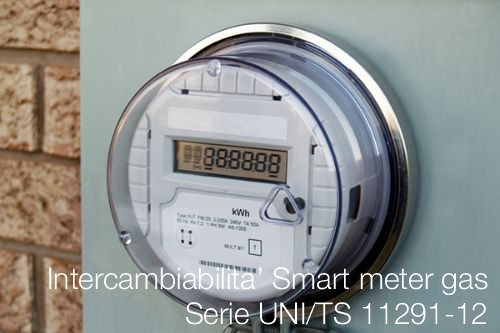Informazione tecnica HSE / 25 ° anno
/ Documenti disponibili:
45.602
/ Documenti scaricati: 34.530.473
/ Documenti scaricati: 34.530.473
ID 22308 | 23.07.2024 / Preview in allegato
ISO 13702:2024
Oil and gas industries - Control and mitigation of fires and explosions on offshore production installations - Requirements and guidelines
This document specifies the objectives and functional requirements for the control and mitigation of fires and explosions on offshore installations used for the development of hydrocarbon resources in oil and gas industries. The object is to achieve:
- safety of personnel;
- protection of the environment;
- protection of assets;
- minimization of financial and consequential losses of fires and explosions.
This document is applicable to the following:
- fixed offshore structures;
- floating systems for production, storage, and offloading.
Mobile offshore units and subsea installations are excluded, although many of the principles contained in this document can be used as guidance.
This document was prepared by Technical Committee ISO/TC 67, Oil and gas industries including lower carbon energy, Subcommittee SC 6, Process equipment, piping, systems, and related safety, in collaboration with the European Committee for Standardization (CEN) Technical Committee CEN/TC 12, Oil and gas industries including lower carbon energy, in accordance with the Agreement on technical cooperation between ISO and CEN (Vienna Agreement).
This third edition cancels and replaces the second edition (ISO 13702:2015), which has been technically revised.
The main changes are as follows:
- visualized the risk treatment process in a flow diagram in 5.8;
- improved description of the explosion blast description in Clause A.3;
- improved guidance with respect to risk mitigation in Clause B.1;
- introduction of ESD hierarchy and guidance related to principles to protect pressurised equipment against fire in Clause B.2;
- improved guidance on ignition source control in Clause B.3;
- included guidance for control of spills related to floating LNG in Clause B.4;
- expanded guidance related to gas detection in Clause B.6;
- included guidance related to ignition source control for firewater pump drivers and external power supplies in B.8.2;
- addressing personnel safety related to CO2 or other asphyxiating gases in B.8.11;
- introduced guidance related to passive fire-retarding surface for helidecks in B.8.13;
- introduced guidance related to tests in B.13;
- introduced the terms A-class and H-class for fire barriers in C.4.3.
...
Fonte: ISO

ID 22567 | 17.09.2024 / Preview in allegato
ISO 9241-5:2024 Ergonomia dell'interazione uomo-sistema - Parte 5: Disposizione della postazione...
Guidelines for the development and use of medical electrical equipment educational materials

È stata pubblicata a catalogo UNI la nuova serie UNI/TS 11291-12 Sistemi di misurazione del gas – Dispositivi di misurazion...
Testata editoriale iscritta al n. 22/2024 del registro periodici della cancelleria del Tribunale di Perugia in data 19.11.2024